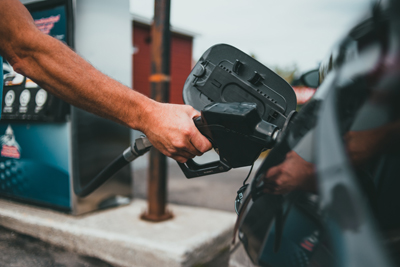The national average for a gallon of gas has continued its summer U-turn, but price increases have slowed and more relief could be on the way.
The national average increased by 11 cents since July 27 to $3.82 as of Aug. 3. Pump prices have primarily risen due to the price of oil, which was near $80 per barrel at the end of July, but has since softened recently.
“Last month’s extreme heat played a role in the recent spike in gas prices due to some refineries pulling back, but now operations are getting back to normal,” said Andrew Gross, AAA spokesperson. “Coupled with tepid demand and declining oil prices, this may help take the steam out of the tight supply price jolts we’ve seen lately.”
According to new data from the Energy Information Administration (EIA), gas demand decreased slightly from 8.94 to 8.84 million b/d over the same week. Meanwhile, total domestic gasoline stocks increased by 1.5 million bbl to 219.1 million bbl. Lower gas demand amid increasing supply will likely help to slow price increases in the days ahead.
The Aug. 3 national average of $3.82 is 29 cents more than a month ago and 34 cents less than a year ago.
Since July 27, these 10 states have seen the largest increases in their averages: Nebraska (+25 cents), Iowa (+23 cents), Minnesota (+21 cents), Florida (+19 cents), Missouri (+18 cents), North Dakota (+18 cents), Oklahoma (+17 cents), South Dakota (+17 cents), New Mexico (+16 cents) and Alabama (+16 cents).
The nation’s top 10 least expensive markets: Mississippi ($3.32), Louisiana ($3.43), Alabama ($3.45), Kentucky ($3.46), Ohio ($3.46), Tennessee ($3.48), Texas ($3.49), Arkansas ($3.49), South Carolina ($3.53) and Oklahoma ($3.56).
Source: AAA












